The Long-Awaited Southwest Utah Blog Post, May 23-29
Post by David Adelhelm
Our first winter in Logan, Utah was quite long, with the first snow coming in mid-October and lasting all the way to mid-to-late April. For those of us accustomed to warmer climates and shorter winters, this led to some intense cabin fever. By January, we (the grad students) had decided that the moment the weather let up, we were getting some time out in the field. With that goal in mind the three of us planned, budgeted, and wrote two different grant applications to fund some fieldwork over the summer, and both were funded!
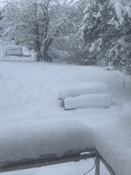
Figure 1 – The Scenery in Logan as of April 5th, 2023. Spot the picnic table?
The first of these grants was written to help further the collections of the Intermountain Herbarium (UTC) here at USU, with a focus on under-sampled counties of Utah, primarily the southwestern three counties: Washington, Iron, and Kane. With our funding and permits acquired, we set our departure date for May 23rd and made our site reservations. For our locations, we chose: Snow Canyon State Park, Pine Valley, and Three Peaks Recreation Area, with two nights in each campsite. Our traveling crew consisted of a whopping 11 people: the three C’s (Carl, Cathy, and Conrad), the Ekwealor family (Jenna, Somi and Leo), the grad students (David, Julia, Kallol, and Chinedum), and our intrepid collections manager, Kris Valles.
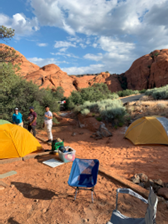
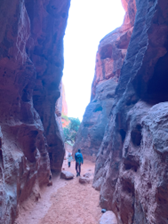
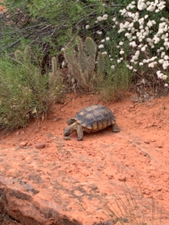
Figure 2 – Some shots from Snow Canyon State Park.
The camping was a blast, with some of our members being first time campers – congratulations on surviving Kallol and Chinedum! Given the size of our party, we kept mainly to popular trails, using our one full day in the Canyon to cover much of the Hidden Pinyon and connected trails. On our second day, we visited Snow Canyon Sand Dunes and Jenny’s Canyon, where we all saw a solitary desert tortoise.
From there, we departed for Pine Valley, within the Dixie National Forest. Some of us were fortunate enough to stop by the Gunlock Falls on the way, which were experiencing historic high-water levels due to the record snowfall that winter. Pine Valley presented us with a complete shift in environment, from dry desert to high elevation forest. And with that environment shift came a shift in observable plants too – Equisetum and Cystopteris galore (and some flowering plants too)! Warm days and unexpectedly cold nights were the norm here, so it made sense we settled in for s’mores after a long day spent covering the nearby trails.
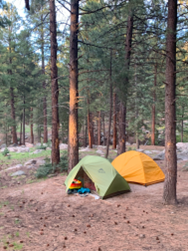
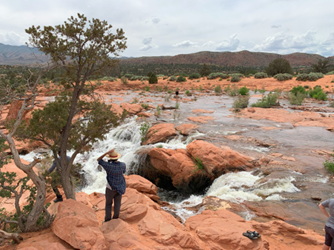
Figure 3 – The scene from Pine Valley and a shot from Gunlock Falls.
After Pine Valley, all that remained was Three Peaks, near Cedar City, Utah. The drive was less eventful than the Pine Valley drive but the campsite was so windy we nearly lost our tents on the first night! On our second day in the campsite, we met with Cedar City local and faculty of Southern Utah University, Matt Ogburn, who gave us a great crash course on the local flora. Thanks Matt!
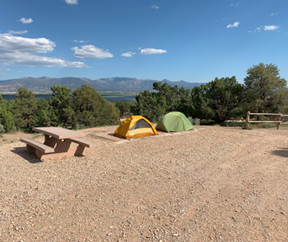
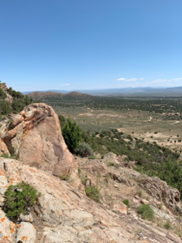
Figure 4 – The final campsite and some scenery from the Three Peaks trail.
All in all, the first Rothfels + Rushworth labs field trip was a resounding success and a great way to introduce us to the Utahn flora! We’ll be cataloging our collections in the herbarium for most of the school year but according to our iNaturalist project made for the trip, we observed at least 215 species. Check out all the cool plants we saw on our iNaturalist Project below:
